

|


|
Tamiya German Tank Panther A - Complete Kit - # 56602
|
Released by Tamiya in 1999, the German Tank Panther A (#56602) is the Complete Kit version and based on a plastic tub chassis, with a rear-mounted double gearbox driven by two 280 electric motors, that operate together or individually to produce forward/reverse running and pivot turning. A DMD Control Unit (T-02) is also provided, which consists of a FET amplifier for running of the motor and a control unit for precise steering. These technologies provide the user with superb control potential, including forward/reverse, rolling turns, pivots and super-pivots, over a wide range of speeds.
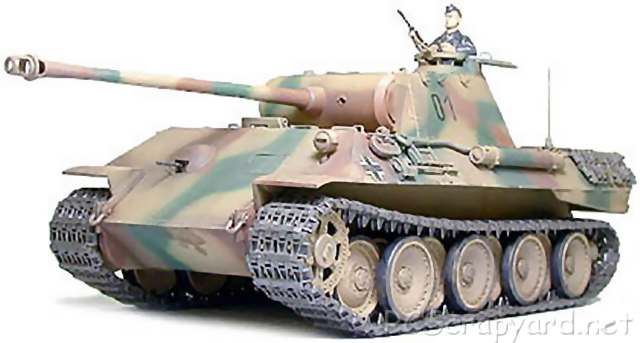
In June 1941, the fearsome war machine of the Wehrmacht rolled into Russia to be greeted by an even more powerful force, the new Russian KV-1 and T-34 tanks. The sloped armor and powerful 76.2mm gun equipped T-34 made it both offensively and defensively superior to the main tanks of the Wehrmacht at that time, the Pz.Kpfw.III and Pz.Kpfw.IV. To rectify this imbalance, Germany started work on the Panzerkampfwagen V, more commonly known as the Panther. Like the T-34, its armor was constructed with ample slopes. It was mounted with a 70caliber 75mm main gun which could penetrate the armor of a T-34 at even a frontal assault. The Model A Panther was equipped with various improvements over the Model D version, including a ball-mounted hull machine gun, stronger wheel fixings and an armored cupola in the turret.








|
|
|

|
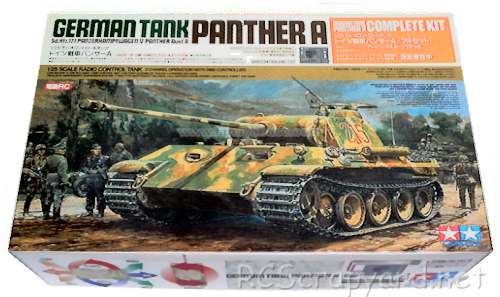
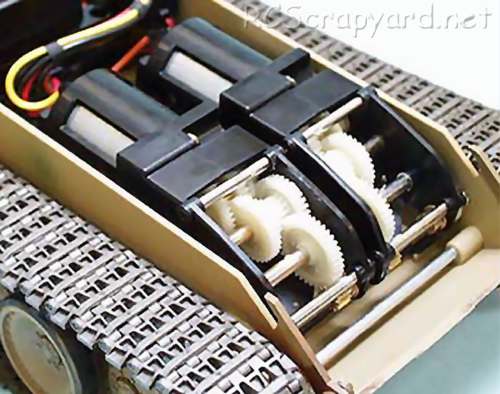
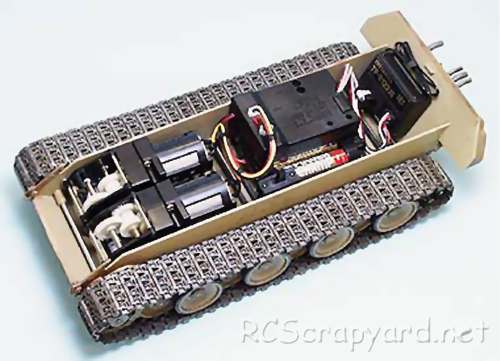
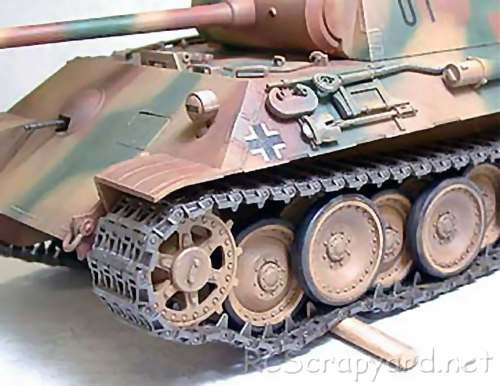
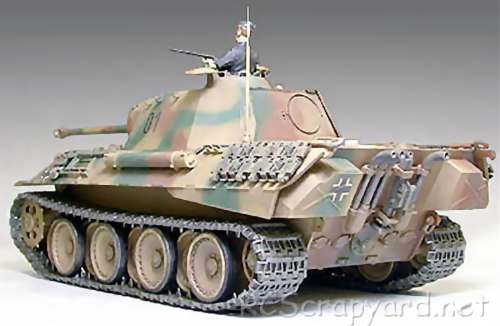
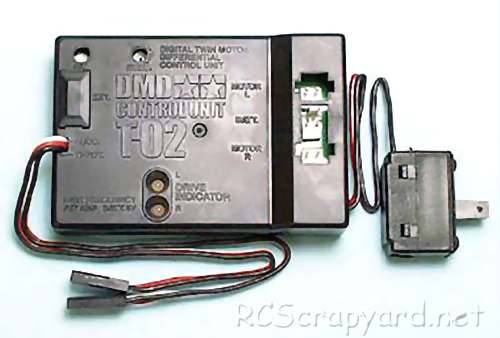
|
Hints, Tips and Information
How to avoid Radio Interference
1/ The first consideration when installing your Receiver into your Electrically Powered Model is to make sure it is well away from the Negative Battery terminal, and the Motor. The Magnetic field can cause stuttering type interference at times of high current draw (i.e., Fast Acceleration) |









|






|
|
|
|
Hints, Tips and Information
Keeping Notes
If all you will ever do is go racing at your local track every week, then this article is not for you. However, if you ever look towards travelling around to different tracks around the country, or even the world, the value of keeping notes is all too obvious.
|
|
Hints, Tips and Information
Toe Angle - for Steering and Straight Line Stability
When you first build your RC model car, you will no doubt have made all the settings advised in the manufacturers' manual and will take it out on the back yard not thinking of things like camber, caster or toe-in - I know I did. It's only when you get competitive that you start learning about these things and just what a big difference they can make to the handling of your car. One of the more effective of these adjustments is Toe-in. |
|
RC Models:
|
Radio & Motors: |
Other
Accessories: |